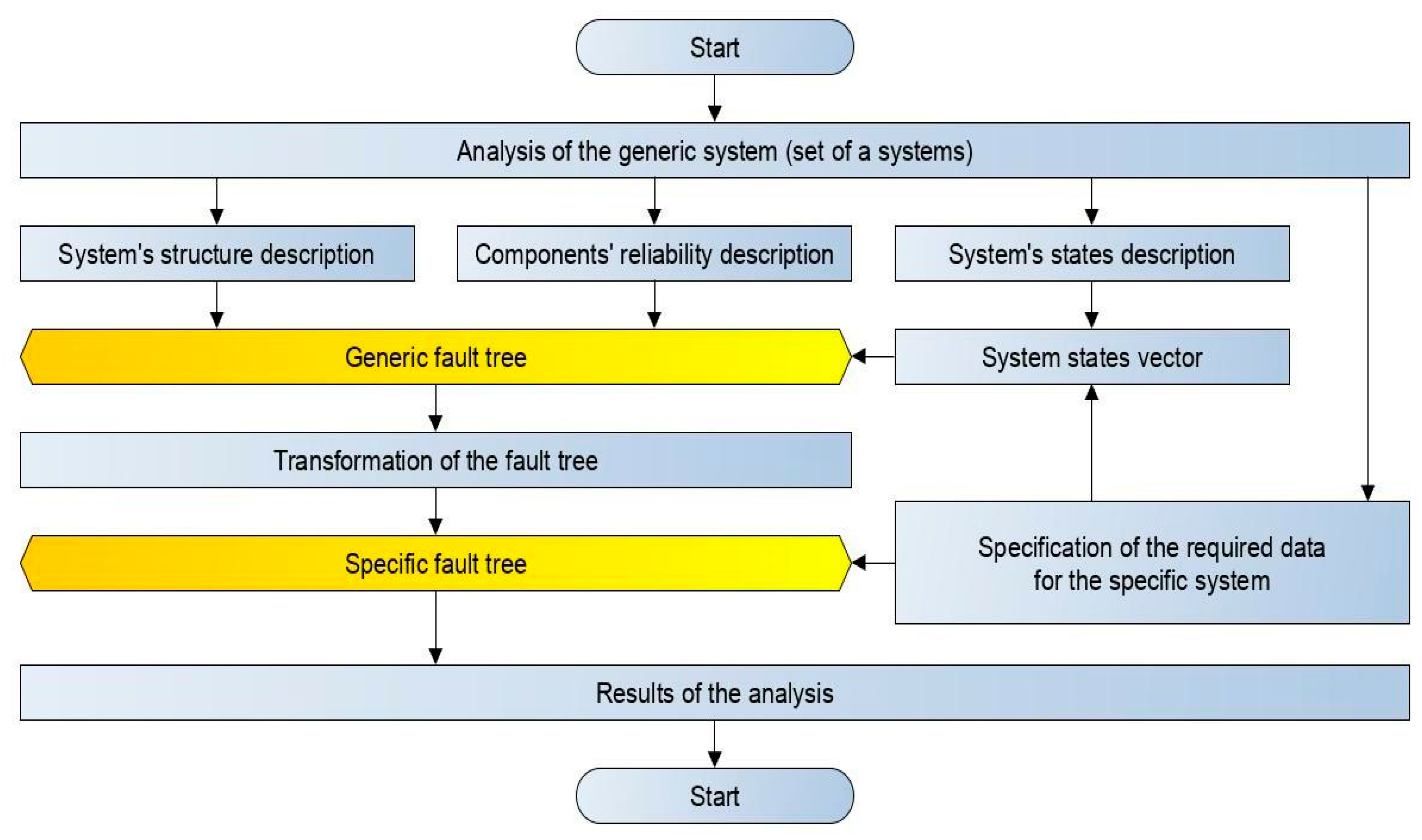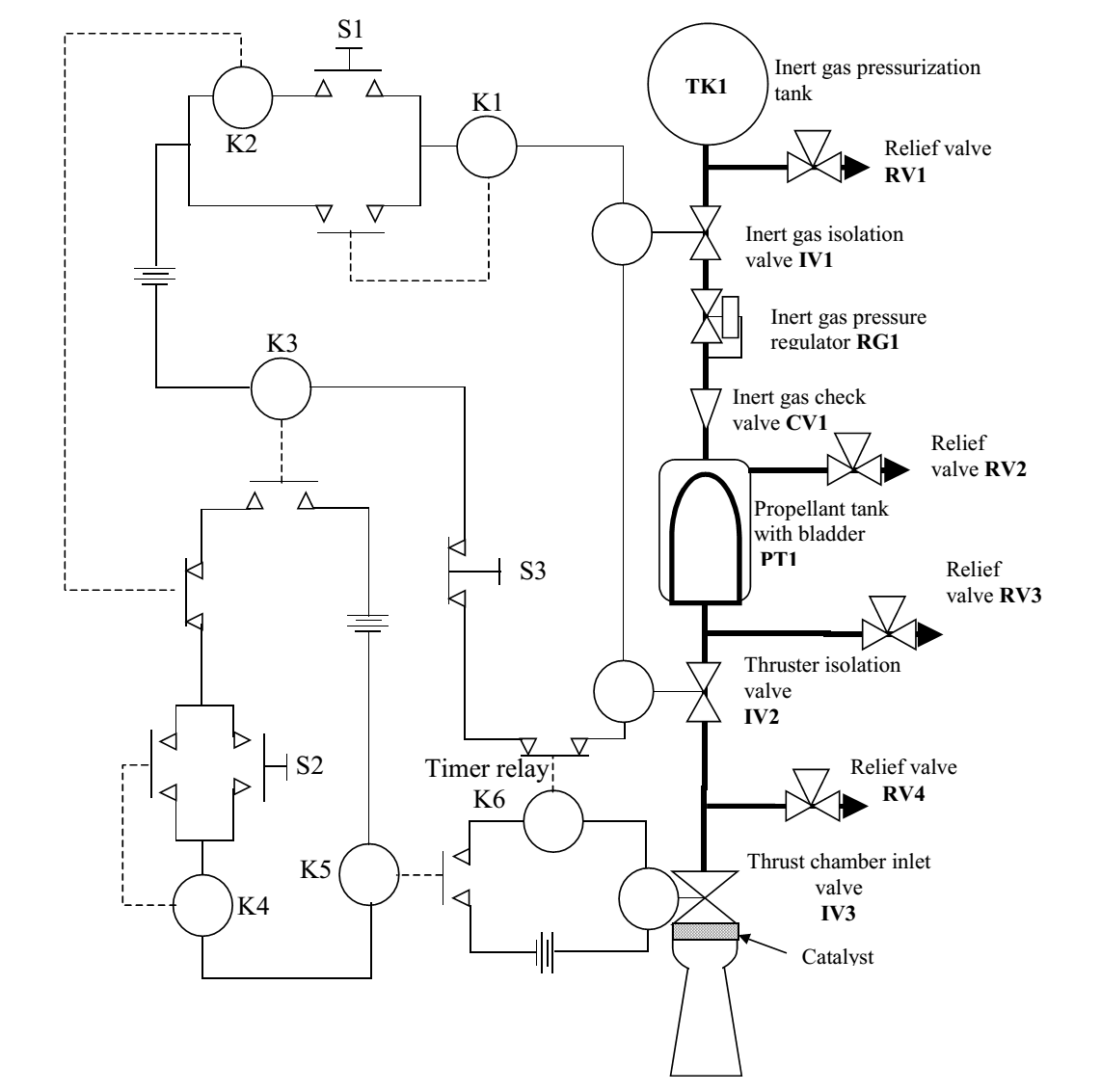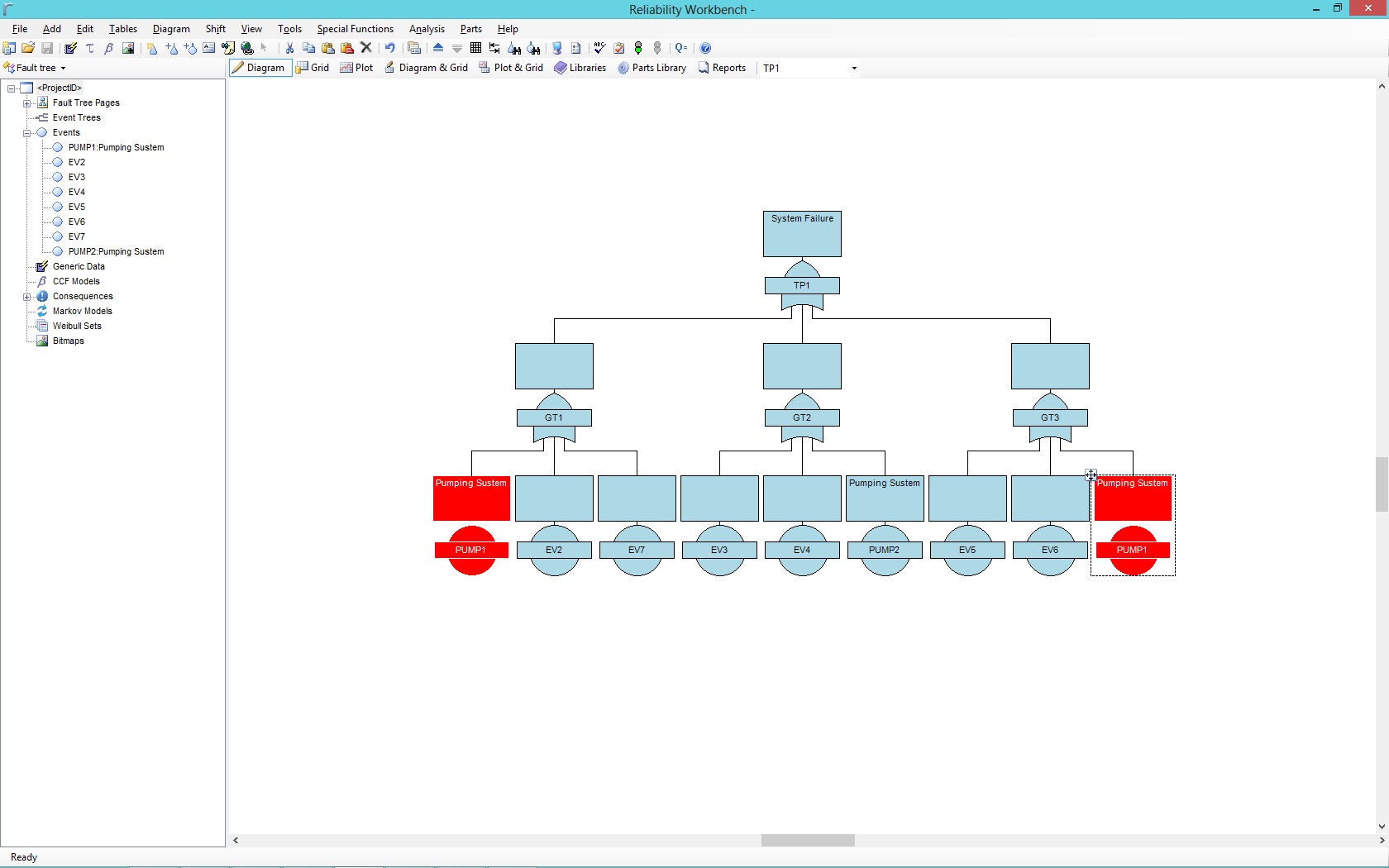

Fault tree analysis is a risk assessment method widely used in the process industry. studied system action of mechatronics systems through taking the advantages of the dynamic fault tree (DFT). Dynamic fault tree is an extension of common fault tree, which adds many special logic gates to express the existing problems in specific systems.


The classic fault tree is a static tool, and its primary objective is to improve the safety for the probabilistic safety assessment as discussed in. Introductionįault tree analysis (FTA) is a common method for the reliability modeling and evaluating large safety-critical systems as discussed in. An example of the ammonium nitrate/fuel explosive production system for BCZH-15 explosive vehicle was used to verify the feasibility of the presented method.

Moreover, the calculating process of complex mixed logic gate fault tree can be simplified. Then, the complexity of the model was reduced by incorporating four common combinational logic gates and using the binary decision graph to solve variable ordering in the calculation of failure probability of static subtree. Firstly, the stackable fault subtree containing complex static/dynamic logic gate is transformed into four common combinational logic gates through preprocessing of the dynamic gate in the module. Based on the modular approach, a hybrid fault module was researched in this paper. To solve the above problems, a modular approach is needed. When the complexity or scale of system is increasing, the Markov model encountered a problem of state space explosion leading to increase troubles. The Markov model is a commonly used method, which can accurately reflect the relationship between the state transition process and the dynamic logic gate transfer in the dynamic fault tree. Dynamic fault tree is often used to analyze system reliability.


 0 kommentar(er)
0 kommentar(er)
